In today’s digital age, learning how to build an author website is not simply an option, it’s an absolute necessity. Your website serves as the online gateway to your books and brand, offering readers and fans a direct connection to your work. Sure, you may already be on Twitter, Facebook, or Instagram — and that’s great! — but you still need an author website.
Step 1: Define Your Brand and Goals
If you’ve been keeping up with this blog, you’ll know by now that defining your brand image is almost always the first step in whatever it is you’re trying to do. Feel free to skip over this if you’ve got your branding nailed down already. Otherwise, make sure you’re able to answer the following questions:
- What message do you want to convey?
- Who is your target audience, and what interests them?
- What are your long-term and short-term goals for your website?
Step 2: Choose a Domain Name
Your domain name, of course, is your website’s address, and it’s essential to make it memorable, relevant, and brief. You’ll naturally want to use your author name as your domain, as this helps establish your personal brand. If your author name is already in use, or relatively common, consider adding “author” or “books” to eliminate any potential confusion.
Step 3: Select a Hosting Service
Choose a reliable hosting service to ensure your website runs smoothly. While WordPress has remained a popular choice for many years, newer and more user-friendly platforms like Squarespace, Wix, and Weebly are becoming more popular choices for writers, especially for those who may not already know how to build an author website. Each platform comes with its own advantages and disadvantages — make sure you compare each and select the one that best aligns with your budget and goals.
Step 4: Design Your Website
Your website’s design gives visitors their first impression of your brand, so it’s crucial to nail down a professional look when deciding how to build an author website. Consider these design tips:
- Use a clean, uncluttered layout.
- Ensure intuitive navigation with clear and logically organized menus.
- Opt for a responsive design to make your website mobile-friendly.
- Incorporate your brand colors and fonts to create a cohesive look.
Step 5: Create High-Quality Content
You’re a writer, so naturally your website should showcase your writing skills. Here’s what you should include:
- An author bio: Describe yourself and your authorial career, and don’t be afraid to be creative! The catchier, the better. See here for more information.
- Book pages: Each book should have a dedicated page with a summary, cover image, and purchase links. This is also a great place for reviews, if you have them.
- Blog: Regularly post articles related to your books, writing process, or industry insights.
- Contact information: Make it easy for readers and publishers to reach you.
Step 6: Optimize for SEO
Search engine optimization (SEO) helps your website rank higher in search engine results. Use relevant keywords and key phrases throughout your content, add alt text to images, include outbound links, and focus on meta titles and descriptions to improve visibility.
Step 7: Integrate Social Media
If applicable, connect your social media accounts to your website, making it easy for visitors to follow you on platforms like Facebook, Twitter, Instagram, and Goodreads.
Step 8: Create a Mailing List
While some argue that email is becoming obsolete, building an email list remains a valuable asset for authors. Use email marketing platforms like Mailchimp or ConvertKit to collect reader emails and keep them updated on book releases, promotions, or events.
Step 9: Call Your Visitors to Action
Allow for reader engagement on your website. Incorporate comment sections on your blog, conduct surveys, solicit reviews, invite visitors to subscribe to your social media, host book giveaways — anything that creates a sense of community between you and your audience.
Step 10: Regularly Update Your Content
Fresh, up-to-date content is crucial for retaining readers (and maximizing SEO). Consistently add new blog posts, refresh your book pages, and liven up your website design as needed. Consider adding book excerpts, or, if you’ve already got excerpts, swapping them out for new ones. Post new reviews, link to interviews, and embed book trailers if you have them. The possibilities are endless, and the only real limit if your own creativity.
Step 11: Monitor Analytics
Use one of the many analytics tools available to track your site’s performance. By analyzing user behavior (such as views, time spent on pages, click-through rates, and so on), you gain a deeper understanding of how visitors engage with your site. Identifying popular content helps you tailor your future content to cater to your audience’s tastes. Moreover, tracking the sources of your website traffic helps you recognize which marketing channels are most effective in driving visitors to your site. Finally, even if you think you’re not ready for this level of analysis, set it up anyway. By the time you are ready, you will have a wealth of data at your fingertips.
Step 12: Ensure Mobile Compatibility
Fewer and fewer people are using desktop computers. Instead, the majority of internet users browse on mobile devices. This means your site must be fully responsive; that is, functional and visually appealing on smartphones and tablets as well as desktop and laptop browsers.
Step 13: Test and Optimize
Periodically test your website’s loading speed, functionality, and overall user experience. Make necessary adjustments to enhance performance and user satisfaction. Occasionally, something as minor as an out-of-date or corrupted plugin can slow or even halt your website’s performance. Make sure you discover and repair these issues before they sour the users’ experience.
Step 14: Promote Your Website
Once your author website is live, start spreading the word! Promote it through various channels, such as social media, your books, and author profiles on platforms like Amazon or Goodreads.
Step 15: Seek Professional Assistance
If you’re not confident in your web design and development skills, don’t hesitate to seek professional assistance. Hiring a web designer can ensure your website reflects your brand and goals accurately.
To Tweet or Not to Tweet? The Social Media Question
Despite its usefulness, social media remains a mutable and unstable platform for your online presence. Think of your website as a kind of anchor, your permanent fixture in the digital space. Just as you wouldn’t want to pilot a boat without an anchor, you shouldn’t try marketing yourself as an author without a solid and permanent online presence.
So now that we’ve determined that an author website is a necessity, what of social media? Well, that largely depends on your own preferences. While engaging your audience on Facebook or Twitter can help massively boost your brand, it won’t always necessarily translate to an increase in sales. While it can be great for supplemental marketing, not to mention a rewarding experience, many authors simply don’t have the time or desire to maintain an active social media presence. For those authors, simply having a solid author website is a viable alternative. For more details, please see this article by Thomas Umstattd, Jr.
Your author website is an essential tool for connecting with your audience and showcasing your work. By following these steps and continuously refining your website, you’ll be well on your way to creating a standout author platform that captures the essence of your writing and engages readers worldwide.
At Presto Page, we’re here to support you every step of the way. Whether you need assistance with self-publishing, design services, or any other aspect of self-publishing, we’re your partners in success. Contact us today to see what we can do for you!

